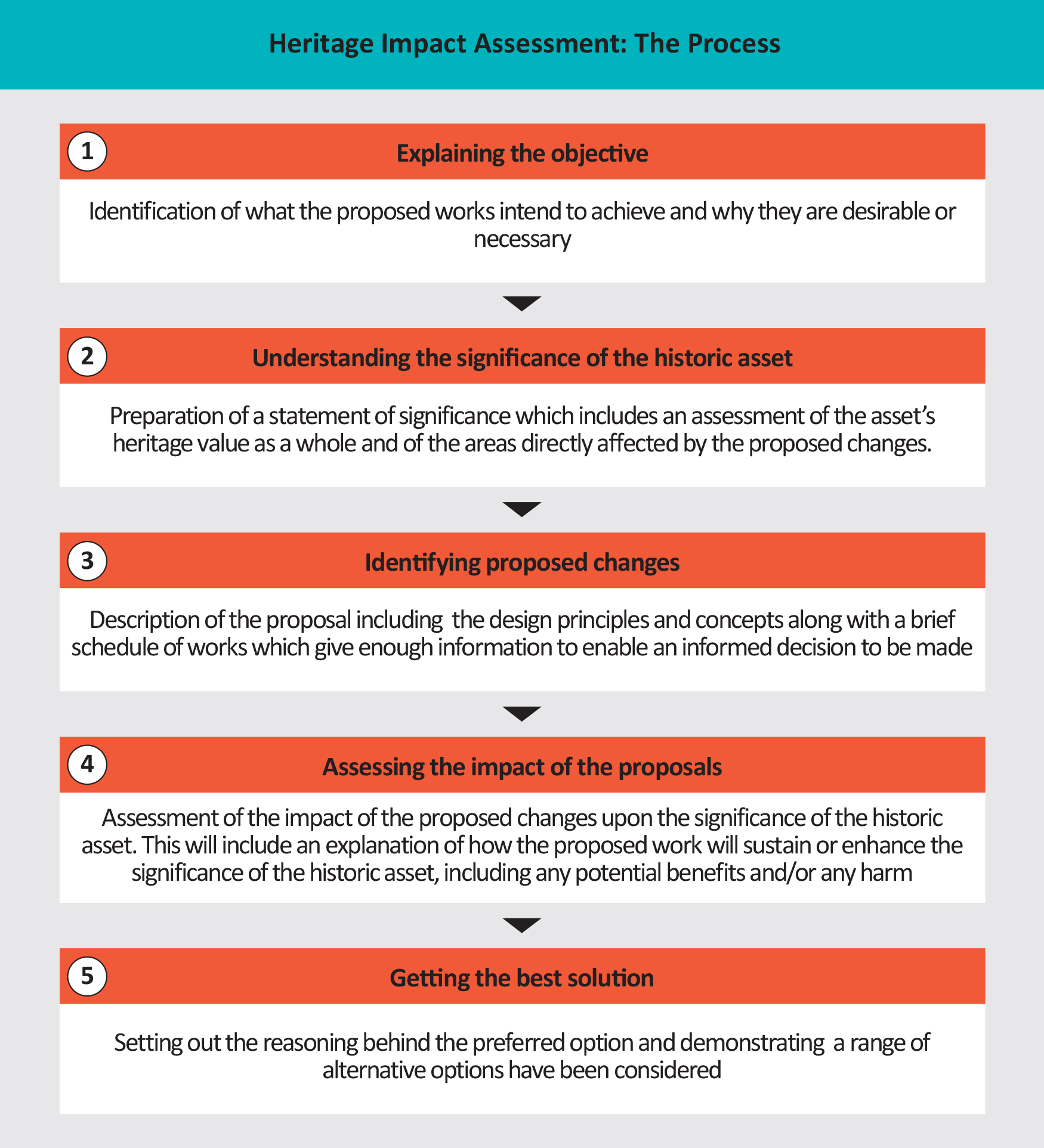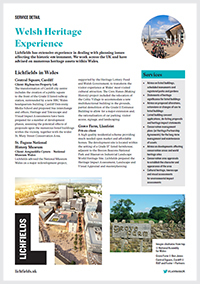From 1 September 2017, any application for listed building or conservation area consent in Wales has to be accompanied by a heritage impact statement. This is just one of many recent changes to the heritage regime arising from the
Historic Environment (Wales) Act 2016 (“The Act”).The Act and its secondary legislation, and the suite of accompanying policy changes and guidance documents focus on the positive management of change in the historic environment. They recognise that through development, historic assets can be conserved and enhanced to increase their long-term sustainability and economic viability. The Act and its related requirements provide a clear and focused framework for historic assets in Wales.
The details of what must be included in a heritage impact statement are set out in
The Planning (Listed Buildings and Conservation Areas) (Wales) (Amendment No. 2) Regulations 2017, which come into force today. There are slightly different requirements for listed building consent and conservation area consent applications and therefore reference to the regulations in advance of the preparation and submission of any assessment is important.
Cadw has also published best-practice guidance for preparing a heritage impact statement - “
Heritage Impact Assessment in Wales” is explicit in its expectation that a heritage impact assessment will need to be carried out for proposals that require listed building consent or conservation area consent. The heritage impact statement summarises the heritage impact assessment process. The guidance notes that a heritage impact statement may also be required to accompany an application for scheduled monument consent and that the heritage impact assessment process is helpful for proposals affecting other historic assets too, such as registered historic parks and gardens, World Heritage Sites and historic assets of special local interest.
The guidance sets out five basic stages of a heritage impact assessment; these are summarised in the chart below.
Heritage impact assessment
Cadw’s published guidance makes clear that an understanding of an historic asset and its significance is the foundation for sound decision making. Once the significance of the heritage asset is understood, the potential impact of any proposed change can then be assessed. Proposals should evolve and adapt to ensure that any change sustains or enhances the significance of the historic asset.

Heritage impact statements
The heritage impact statement sets out the results of the heritage impact assessment and should be structured around the five main elements set out above. The heritage impact statement should also include detail of any measures required to offset unavoidable harm, and should also include an access statement, if the works proposed affect the access arrangements to, or within, any part of a listed building that is not used as a private dwelling.
The heritage impact statement replaces the design and access statement (DAS) in the application process for listed building consent, although a DAS will still have to be submitted as part of a planning application, where one is required. A heritage impact assessment is not required when applying for planning permission, for example when applying for development within the setting of a historic asset, although it is considered good practice to adopt the principles of the heritage impact assessment process in such circumstances.
A heritage impact statement should be proportionate both to the significance of the historic asset and to the degree of change proposed. In cases where a detailed assessment is required, the guidance advises that a qualified and competent expert should be engaged to conduct the heritage impact assessment, and to write the heritage impact statement.
As the Cadw guidance recognises:
positive, well-designed change can bring improvements to our understanding and appreciation of the historic environment, as well as social and economic benefits through increased regeneration and tourism.
It is our view that the heritage impact assessment process should be undertaken in this context. Moreover, at Lichfields,
our experience of undertaking a range of projects that affect historic assets indicates clearly that the heritage impact assessment process must begin at the earliest stage, to ensure that the impact of any development can meet this objective while respecting the core principles of preservation and enhancement that are enshrined in legislation.






